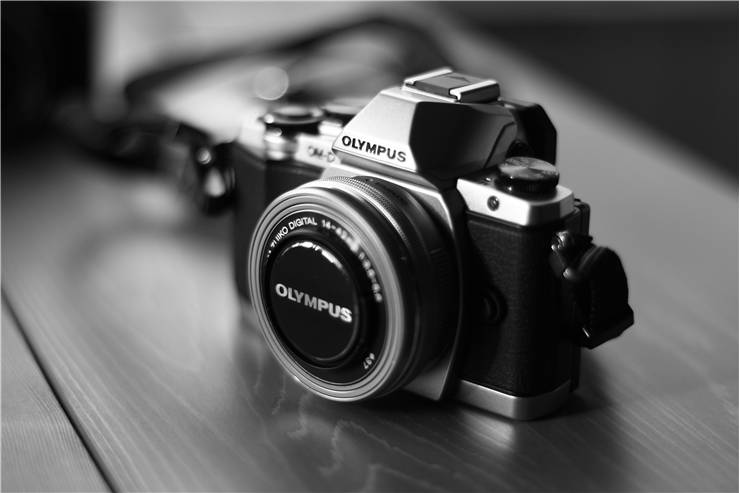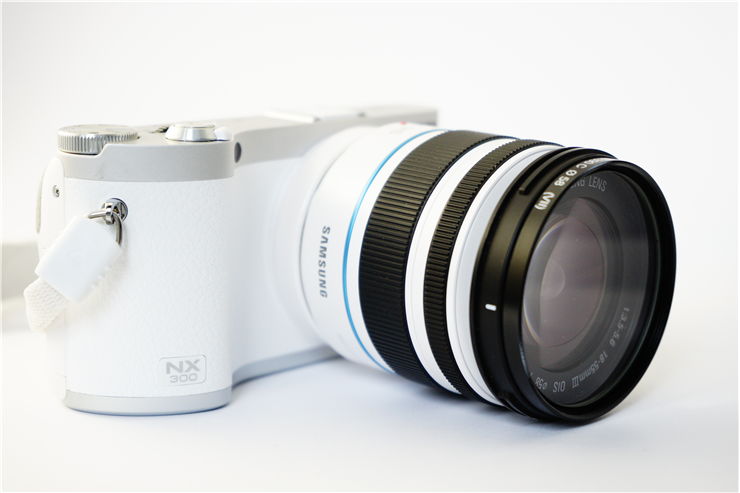History of Digital Photography - Who Invented the First Digital Camera?
Digital photography is photography that uses digital cameras to capture images. Digital cameras don’t have a film like standard cameras but use photosensitive sensors that convert light intensity into electric impulses that are stored in digital memory devices as RGB color space or as raw data.
In 1968, Edward Stupp, Pieter Cath, and Zsolt Szilagyi, who worked at Philips Labs in New York, invented the "All Solid State Radiation Imager" to receive and store an optical image on a matrix composed of an array of photodiodes. It was a predecessor of the CCD (charge-coupled device), invented in 1969 by Bell Labs by Willard Boyle and George E. Smith at AT&T. Fairchild Semiconductor took the CCD and improved it in 1973. Steven Sasson, an engineer at Eastman Kodak, built the first recorded digital camera in 1975 using the CCD from Fairchild Semiconductor. It was a working prototype of a camera, not a commercial variant. It had 4kg, it could capture an image of 100 x 100 pixels, and it needed 23 seconds to make an image and record it on tape.
The first analog electronic cameras were a step toward true digital cameras. Analog cameras recorded images as continuous signals, as videotape machines did, not as discrete (digital) levels. The first one appeared in 1981 and was called Sony Mavica. It recorded 25 to 50 images on video floppy disks. Images had the quality of the television of that time, but the camera didn’t enter commercial production. The first commercial analog electronic camera was Canon RC-701 which appeared in 1984. These cameras were expensive and had a lower image quality than the standard film. They also needed equipment for capturing and printing images, which also didn’t help analog cameras reach the wider public. Newspapers and the military mostly used them.
The first digital camera (as we know it today) was Fuji DS-1P, made in 1988. I used JPEG and MPEG standards to compress images and video to storage, but (as all early variants) was not commercially successful. First, one sold commercially in Japan was DS-X by Fuji in December 1989. The first commercially sold camera on American Ground was Dycam Model 1 from 1990, but it was a commercial failure because it could not make color images and was too pricey. Kodak started selling his Kodak DCS-100, which had 1.3 megapixels and a price of $13,000. Technology advanced, and others also started making their cameras. CCD was replaced in time with CMOS which lowered the cost of cameras and allowed them to be placed on mobile telephones.
Digital cameras are more modern than film cameras. They have their advantages, but they also have their bad sides.
Digital Cameras Advantages and Disadvantages
Advantages are:
- Images made with a digital camera can be reviewed on the spot and saved for later or deleted if they are unsatisfactory. This saves storage space and allows for the making of more images of higher quality.
- Digital cameras can store more images than film cameras.
- Film cameras need new film whenever an old one is spent, while memory cards can last as long as a digital camera that uses it.
- Images made with a digital camera can be used when made, while images made with a film camera have to be developed.
- It is much easier to manipulate digital images than standard film photography.
Bad sides of digital cameras:
- If a too-high ISO is used, noise may appear as multicolored speckles in digital images. This noise can be fixed with editing software, but that can lower quality of an image.
- Patterns can appear on digital images as a result of aliasing.

